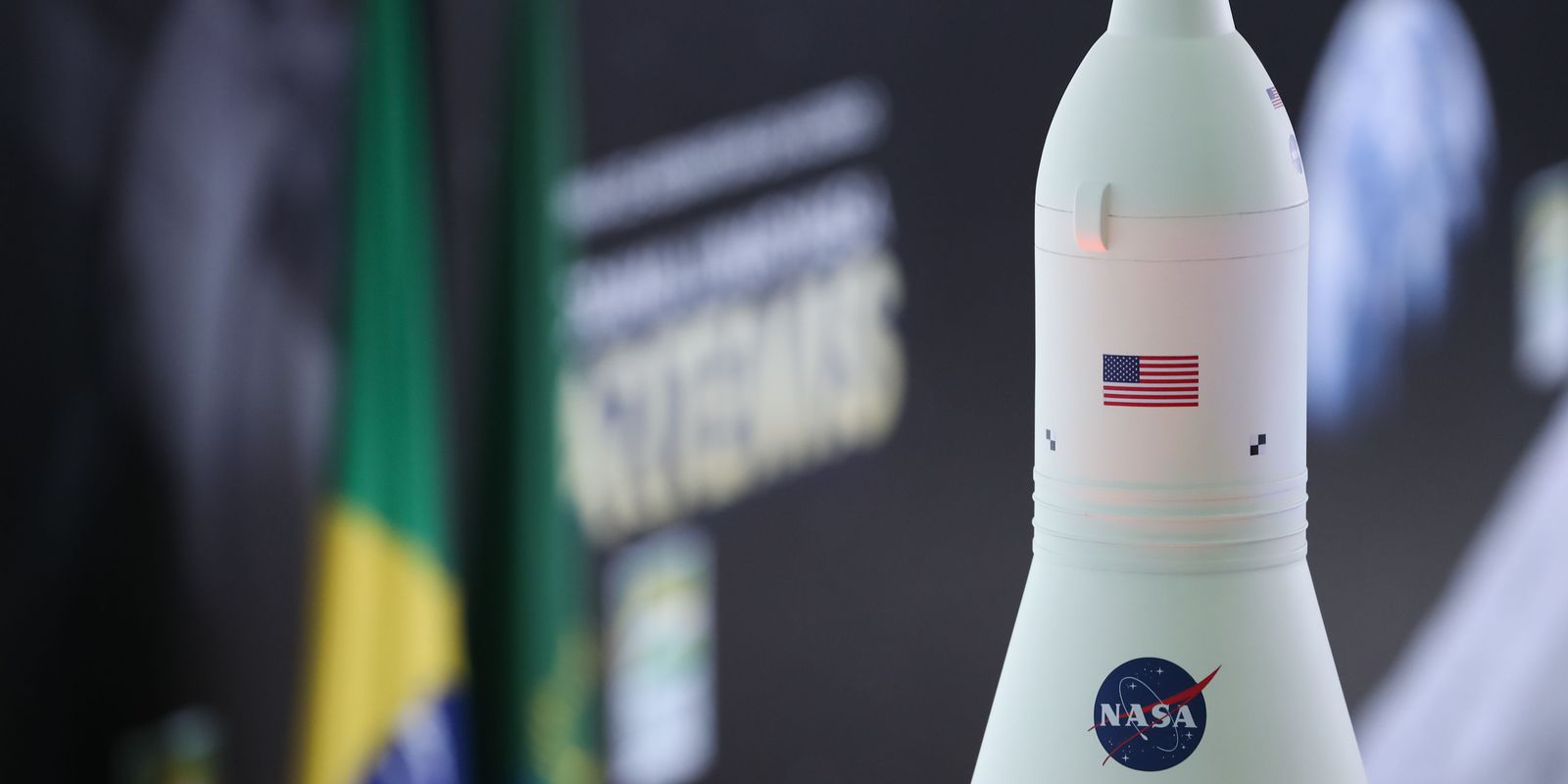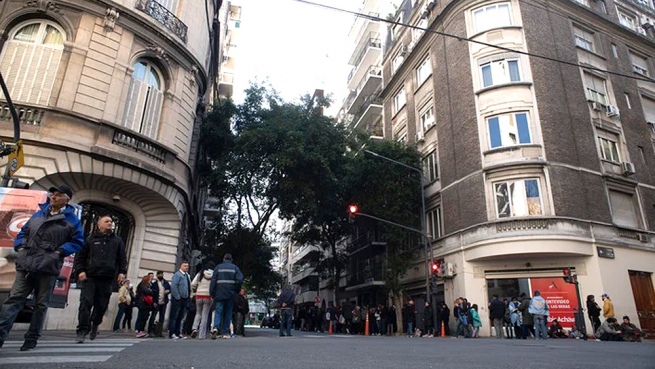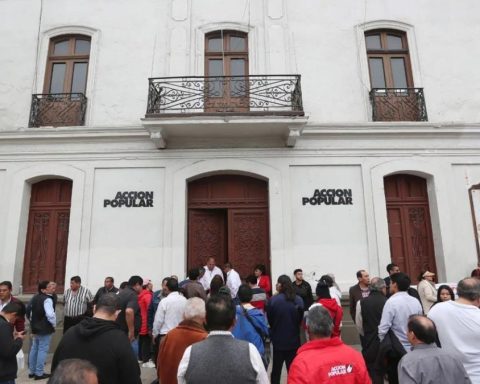The North American Space Agency (NASA) canceled the launch of the Artemis I Mission scheduled for this Monday (29).
After teams of engineers found a technical problem in one of the Space Launch System (SLS) rocket engines, the flight back to the Moon is expected to take place next Friday (2). Another possible date, according to the agency, is the 5th of September.
On social media, NASA reported that an SLS engine leak was detected, but that teams are already working to solve the problem.
This Sunday (28), the space agency reported that favorable weather conditions reached 80%, even with a forecast of scattered rains this Monday and the record of lightning over the weekend.
The Space Launch System (SLS) rocket will carry the Orion capsule straight from Launch Pad 39B at Kennedy Space Center in Florida.
This is the first action of the Artemis program, which aims to take a manned flight to Earth’s natural satellite in the coming years. And more, to take the first woman to the lunar soil.
In addition, the mission aims to expand operations in the Solar System: to build a permanent, sustainable lunar base and to make the Moon a point of support for projects on the neighboring planet, Mars.
conquest of space
Monday’s unmanned trip (29) marks a series of tests in the moon’s orbit, both in relation to equipment and the Orion capsule that should carry up to four astronauts in the second stage of the mission, scheduled to take place until 2026.
In addition, a key piece will be tested, the European Service Module, responsible, for example, for the water supply, energy, propulsion, temperature control inside the capsule and the result of the partnership with the European Space Agency (ESA).
According to ESA, the mission, which will be commanded here from Earth, could last between 20 and 40 days and will end back to Earth with a dip in the Pacific Ocean, off the coast of California, United States.
The return flight to the Moon, organized by NASA in partnership with 21 countries, including Brazil, represents the return to the satellite 50 years after the last manned trip, in 1972, with the Apollo Mission.
The president of the Brazilian Space Agency (AEB), Carlos Moura, is among the guests to accompany the launch of Artemis I, directly from the Kennedy Space Center.
For the coordinator of Satellites and Applications at AEB, Rodrigo Leonardi, Artemis I is ”an historic milestone in the resumption of manned flights for space exploration. And the expectation is that by joining this program, Brazil can also open a new chapter in its space program,” he says.
According to him, the country has already been discussing with other partners issues related to transport, habitability, operations, infrastructure and science within the scope of the Artemis program.
The AEB representative highlights that the mission led by NASA was included among the initiatives of the National Space Activities Program, a document that establishes projects and priorities for the next decade.
For the Brazilian doctor and businesswoman in the space business, Thaís Russomano, the expectation for the countdown back to the Moon also leads to unfolding doors that may open with the new step in the space race.
“After 50 years, we began the process of returning to the Moon. The Artemis Mission reopens the way to build the knowledge necessary for, one day, the human being to inhabit the Earth’s natural satellite, transforming it into our second cosmic home”, he adds.
The doctor, who lives in London, came to participate in research on the action of microgravity in the body of astronauts and even in two campaigns of parabolic flights (when it is possible to experience zero gravity without traveling to space) of the European Space Agency in 2000. and 2006.

















